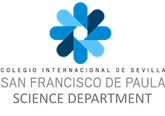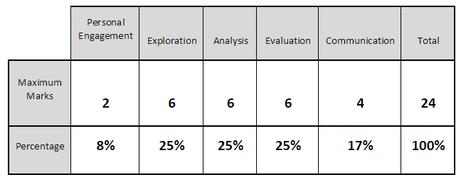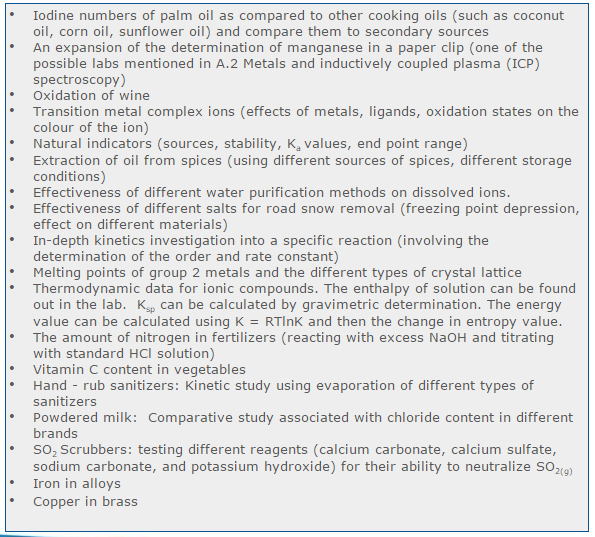Internal assessment
Timing |
10 hours
|
Intro presentation |
| ||
Criteria
Personal engagement: This is based on innovation, creativity and evidence of student interest in the topic. To score well in this criteria I recommend you:
- Try to think of an original area of research.
- Explain links between your investigation and areas of contemporary science that interest you.
- Use an original method of analysis.
Communication: High marks will be awarded to students who are able to structure and present information and explanations clearly and using relevant scientific terminology and conventions (such as uncertainty).
Choosing an investigation topic
|
The purpose of the IA is to allow students to carry out a piece of research that is of personal interest to them. The investigation does not require primary data but can involve any of the methods below:
• Traditional or hands on • Spreadsheets • Databases • Simulations (be careful as only open-ended simulations are valid) • Computational modelling (Investigations based soley on qualitative data are not allowed) |
The best IA investigations are those that are original or take a new approach to investigating a topic. Above are some examples of research areas and topics that are given by the IB.
Carrying out the investigation
Time will be allocated to test possible ideas and methodology in the lab before beginning the actual practical seesion.



